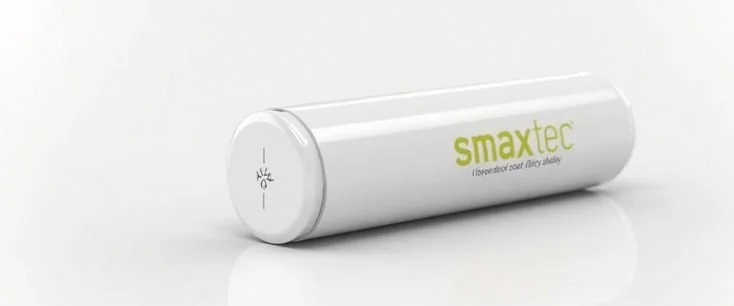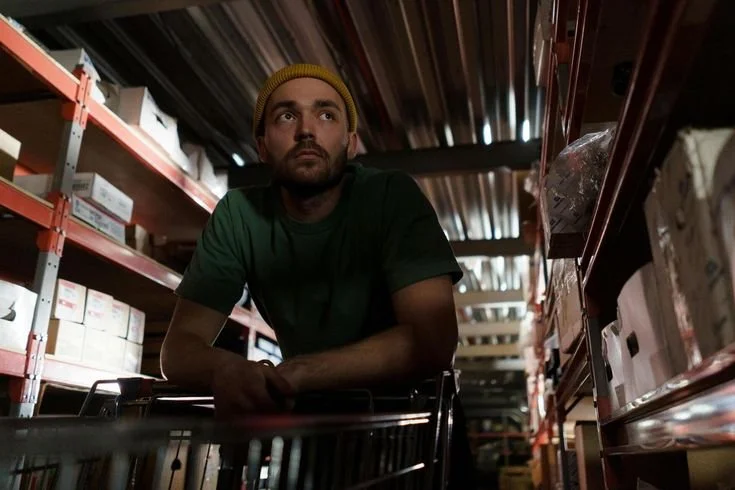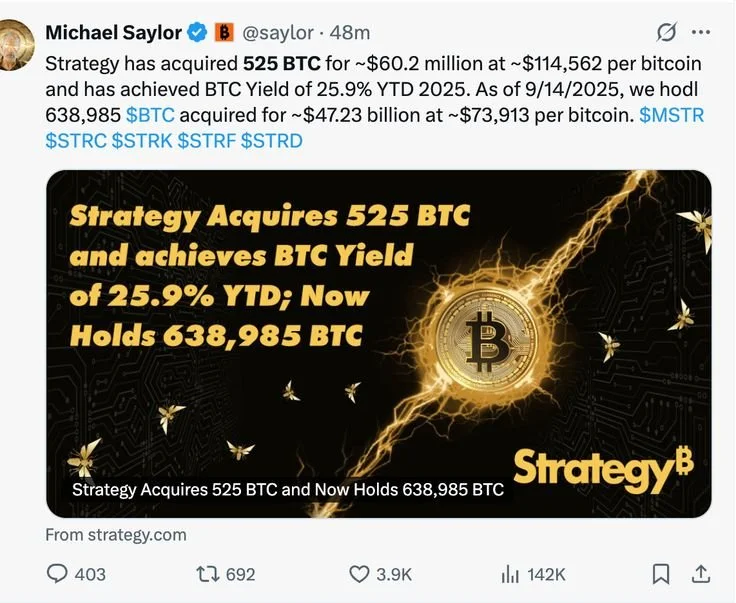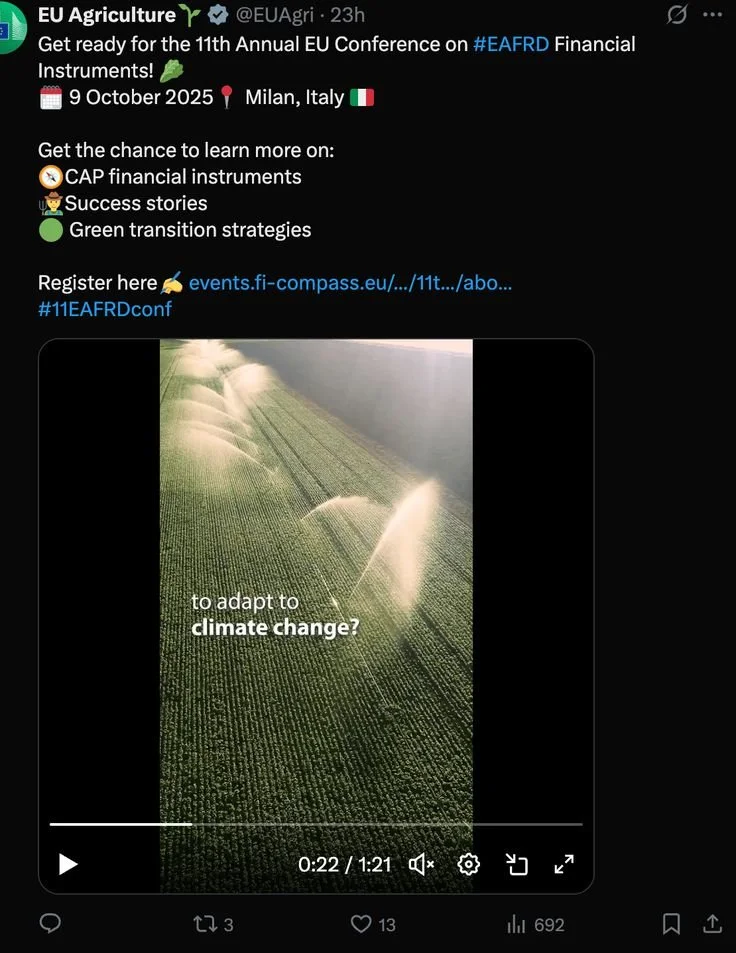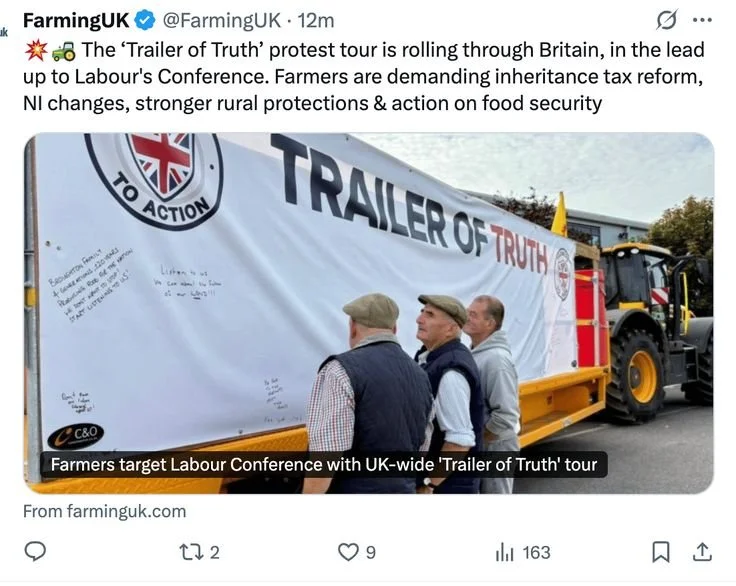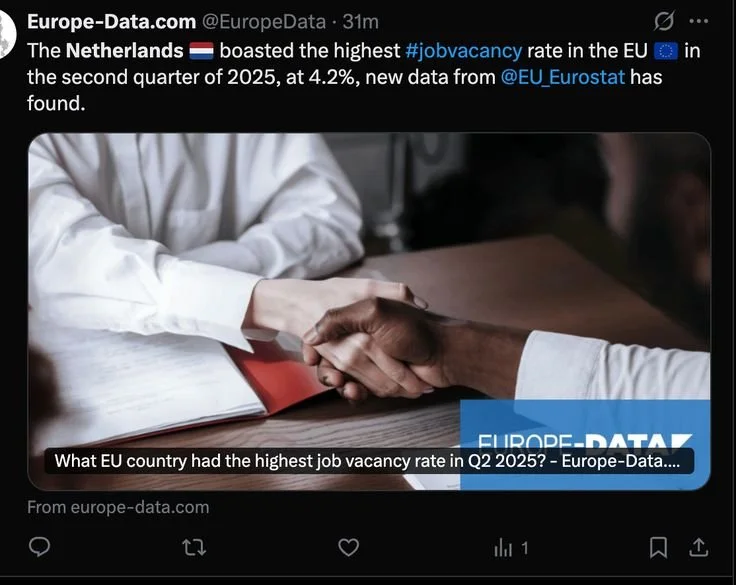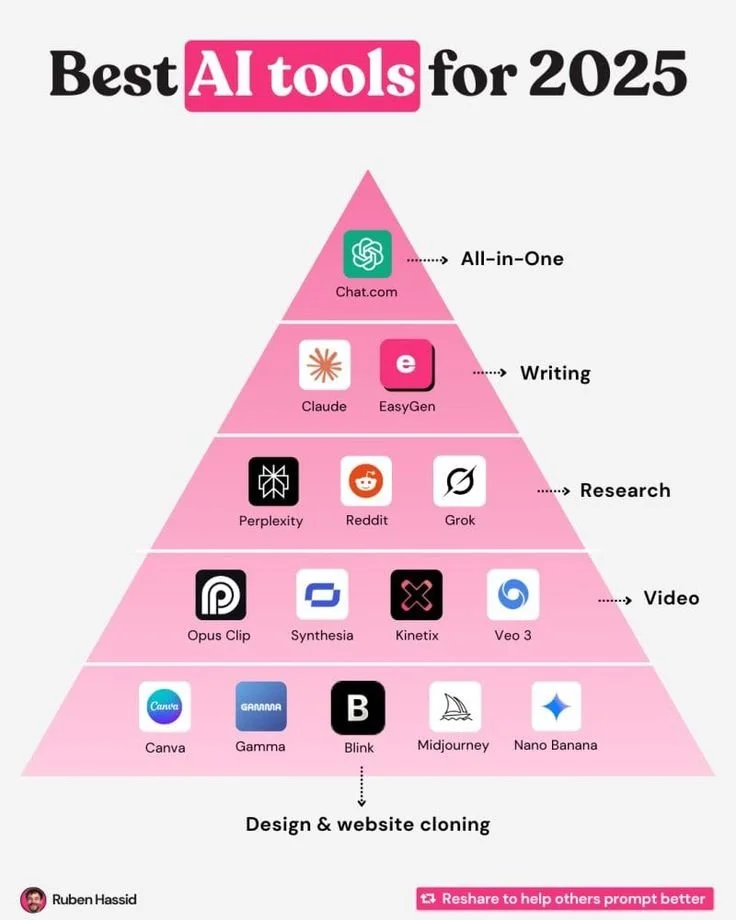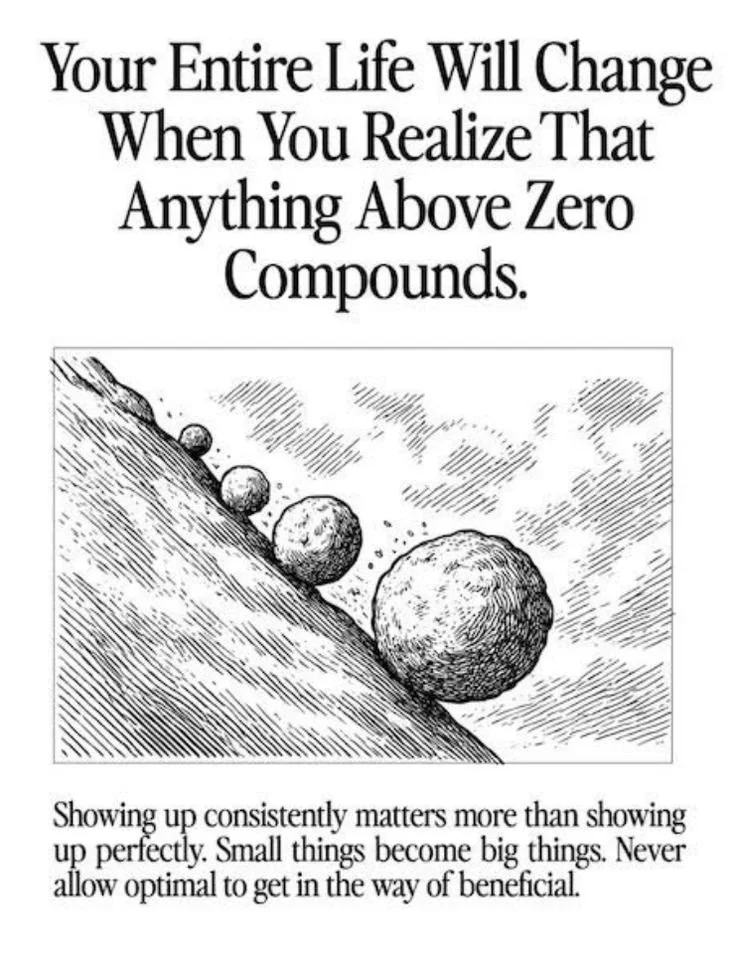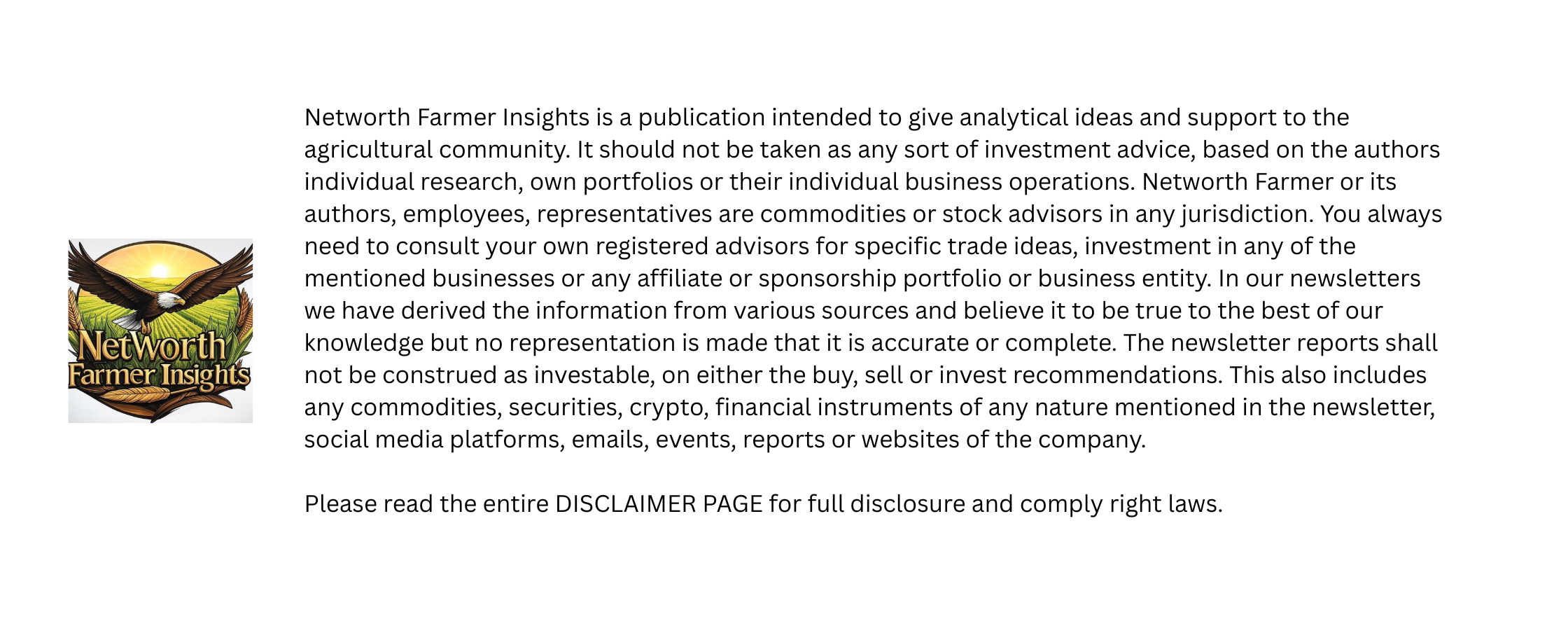Scientia
“The good ones know more”
🚜 New in AgTech
The Revolution of Livestock Monitoring
As agriculture evolves to meet the demands of a growing global population, new technologies are transforming traditional farming practices. Smaxtec, with its cutting-edge health monitoring technology, is at the forefront of this transformation, providing European farmers with tools to maximize livestock health and productivity.
Smaxtec Technology
Smaxtec has this cool monitoring system that uses advanced sensors placed in special boluses that livestock can swallow. These devices gather real-time information on different health metrics, like temperature, activity levels, and rumination, which are all important signs of an animal's wellbeing. The collected data is sent to an easy-to-use app, helping farmers keep an eye on their herd's health, identify any potential problems, and make informed decisions based on the data.
This technology serves many purposes: it helps in early detection of diseases, enables better management of breeding cycles, and assists in optimizing feeding strategies. The result? Healthier animals that yield higher productivity, reduced veterinary costs, and ultimately increased profits.
Farmers’ Adoption Journey
While the potential benefits of Smaxtec are evident, farmers across Europe face hurdles when considering the adoption of this promising technology. Making the switch from traditional farming methods to a more tech-savvy approach really does take a good amount of investment. Buying the Smaxtec system can feel a bit overwhelming for many small to medium-sized farms, especially when you consider the cost of the devices for each animal and the software that comes with it.
It's tough because on top of the financial strain, there's also the need for training and some time to get used to things. Farmers might be asking themselves, “Is this investment really going to pay off?” Am I really able to take this leap, especially with how tight margins are in today’s market?
A Personal Touch: What Farmers Think
Imagine Maria, a dairy farmer in southern Germany, who has been running her farm for more than ten years. Maria has always taken pride in keeping high animal welfare standards, but she often found herself feeling overwhelmed by the daily challenges of managing livestock. Her cows were her main source of income, but unexpected health problems were causing her milk production to vary, and she found herself calling the vet more often than she'd like.
While at a local agricultural fair, Maria came across a demonstration of Smaxtec's technology. Curious about what it could offer, she started to think about the possible advantages and how much it might cost. "That's quite a price," she mused, "but if this tech can stop even one case of mastitis or cut down on vet trips, it could totally be worth it." So, Maria finally decided to go for it. Even though the initial costs were high, the real-time health insights from Smaxtec really transformed her operation. Now she can keep an eye on her cows' health right from her smartphone, which helps her spot any early signs of illness or distress. She took those insights and changed up her feeding strategies, which really helped her cut down on vet expenses.
As the months went by, Maria started to see a significant boost in her milk production. Plus, having the right data about her herd helped her make smart breeding choices, which boosted her production even more. The initial investment that felt a bit overwhelming at first has really paid off in the end. She felt a sense of calm knowing she was giving her cows the best care possible and also boosting her farm's financial health.
Embracing The Future
Adopting Smaxtec’s monitoring technology may indeed present upfront costs that can be tough for farmers like Maria to navigate. But you know, the long-term perks-like lower healthcare costs and better livestock productivity—really make it something worth thinking about.
With more European farmers getting on board with the latest ag-tech advancements, there's a real chance for a more sustainable and profitable future in livestock farming. Smaxtec isn't just a cool tech thing; it's really a game-changer that connects old-school farming with what’s coming next in agriculture. When farmers invest in these technologies, they can keep their livestock healthy and boost the economic sustainability of their farms. This approach sets a great example for responsible and profitable farming, not just in Europe, but everywhere.
-
Put a coin into an empty bottle and insert a cork into the neck. How can you remove the coin without removing the cork or breaking the bottle?
The Double Dividend: Building a Low-Carbon Supply Chain
In Europe, the narrative about sustainable farming is changing from one of moral duty to one of practical necessity. Weetabix is leading 340 growers in a lower-carbon farming effort. This is no longer a CSR project for the company; it is a core strategic move to make the business more future-proof. A 10% drop in emissions per tonne of wheat is being achieved by the program's main goal, which is to reduce the use of manufactured nitrogen based on data. But what makes it really smart is how it directly leads to robustness and business advantage in a world where regulations are getting stricter.
Getting Ahead of Regulation
New EU regulations are not some faraway danger; they are a force propelling companies forward right now. An obvious precedent for carbon pricing has been set by the Carbon Border Adjustment Mechanism (CBAM), which first targeted imported commodities. The trend is clear, even though direct agricultural imports aren't necessarily at the top of the list. A carbon-neutral supply chain can protect you from any carbon price increases in the future. Weetabix is also at the forefront of precise nitrogen management, which is being pushed by regulations due to the Farm to Fork Strategy's goal of reducing nutrient losses by 50%. Compliance is no longer seen as an expense but as a competitive advantage, and they are actively working to construct the playbook rather than wait for the mandate.
Measuring the Full Emission Scope: Beyond the Farm Gate
Weetabix prioritises Scope 3 emissions—indirect emissions from their wheat supply chain—and operational emissions from their manufacturing and facilities (Scope 1 and 2). The company has contracted for 100% renewable electricity for its production facilities and established water efficiency and reuse programs that have saved over five million litres. Carbon management is holistic when on-farm emission reductions and operational improvements are combined.
Photo by cottonbro studio
Weetabix employs new data-driven collaborations (e.g., Map of Ag) to properly estimate farm carbon emissions, freeing farmers of cumbersome reporting requirements and enabling exact nitrogen delivery through soil assessments and precision agriculture technologies. This integrated measurement creates a credible and transparent carbon neutrality roadmap for agriculture and enterprises.
Overcoming Obstacles in Farmer Adoption
Despite encouraging outcomes, a number of obstacles still stand in the way of growers using low-carbon techniques. The availability and cost of biological therapies and non-synthetic nitrogen substitutes, which are still in their infancy, are uncertain for farmers. Soil types, climate, farm systems, and local infrastructure all have a substantial impact on the effort and cost of changing farming operations.
Furthermore, the fact that there isn't a universally applicable answer presents its own set of difficulties. In order to preserve practicality and economic sustainability, Weetabix purposefully refrains from enforcing strict protocols and instead promotes farmer-led innovation that is adapted to local conditions. Although this adaptable strategy values farm diversity, it needs ongoing assistance, training, and data exchange to boost farmer confidence and encourage broader adoption.
Weetabix intends continuous trials with yearly evaluations and farmer feedback loops to get beyond these obstacles, with the goal of improving methods and progressively increasing uptake. Instead than focussing on short-term solutions, they prioritise cooperation, sustained dedication, and evidence-based scalability.
In conclusion, Weetabix is a prime example of how, given the current legislative and market environment, a proactive, evidence-based approach to lower-carbon farming makes financial sense. Weetabix is creating a sustainable agricultural future that strikes a balance between environmental objectives and commercial demands for European AgTech stakeholders by foreseeing EU policy trends like CBAM and Farm to Fork, incorporating on-farm and operational emission reductions, and carefully navigating scalability challenges.
📢 Tweet of The Week
🌍 Fields & Frontiers
ISO Standard Defines ‘Plant-Based’ Labelling: After years of talks, the International Standardisation Organisation (ISO) has released an international labelling standard just for plant-based goods. ProVeg helped make it happen. This new ISO standard makes it clear what it means for a food to be called "plant-based" or "plantaardig." As more people choose plant-based foods, it's important to have clear definitions. In the past, most producers exclusively used the phrase for goods that didn't contain any animal products at all. But some manufacturers have called their products "plant-based" even if they have some animal ingredients in them along with largely plant-based ones. The ISO standard makes the phrase more clear and consistent, which makes it a stronger marketing promise for products that are really plant-based. The goal of this standard is to make things clear for customers and help businesses lower their risks while speeding up new ideas in the increasing plant-based food sector. The guideline should help people make smarter investment choices and build stronger collaborations in the food supply chain. Find out more on eiwittrends.nl/.
Blockchain in AgTech: From Hype to Hard Value: Two strong pressures are converging on the agricultural sector: financial instability and increasing need to demonstrate sustainability. Markets are experiencing volatility, capital is becoming more scarce, and regulators in Europe and beyond are increasing the standards for ESG compliance. The key dilemma for innovation in agriculture, food processing, and agricultural technology is not how can we increase yields while decreasing inputs, but rather, how can we demonstrate this in an open and timely manner? Blockchain technology, which was formerly thought to be all hype, has now developed into a useful tool for establishing credibility in supply chains. Curious to find out how? Have a look at this case study
Europe’s AgTech Growth: Europe's AgriFoodTech scene is holding strong even with all the changes happening globally, with a whopping $16 billion invested around the world in 2024. Germany is really leading the way when it comes to sustainable farming technology and digital supply chain innovations. These advancements are making a big impact on efficiency and helping to meet climate goals. In France, you can look forward to some exciting developments in precision agriculture and alternative proteins as the market starts to really embrace climate-smart solutions. Italy is really putting an emphasis on food traceability and enhancing crop yields, creating a nice mix of tradition and tech innovation. If you're looking to get in on Europe’s AgriFoodTech scene, you definitely want to check out the full AgFunder AgriFoodTech Investment Report 2025. It’s packed with valuable regional insights and trends—perfect for both investors and entrepreneurs!
AI For Now: Since the patchwork system I created is still functional, is it necessary to move to a new one? If you are like me, you often ask yourself this question. With every waking moment, Artificial Intelligence and the innovations thereof is bombarding us. There is always something new and shiny. I often get confused on what to drop and what to pick. Back in the day, all I would have needed was paper and a pen or pencil or may I say a simple to use tractor. With AI, the tool of choice is nearly as significant as its use in modern times. I found this LinkedIn post summary insightful and an interesting thread to follow.
France’s AgTech Platform Move: AgTech startups operating in Europe cannot afford to ignore France's covert rewriting of the rules for agricultural tech platforms. The government is fostering an environment where platforms—rather than merely stand-alone products—can flourish by integrating digital tools with support for research, standardisation, and farmer training. There are significant benefits to learning how France is coordinating funding, policy, and farmer outreach.
Now, what to do? To gain early access to pilot farms and data, consider collaborating with French research institutes or incubators. Give open standards and interoperability top priority when designing your products; platforms that support these will receive preferential treatment. Keep an eye on forthcoming grant programs and changes to regulations; if you get in early, you'll influence the market rather than chase it. You're not merely exporting technology when you build with the France-as-platform model in mind; rather, you're joining a cooperative, national platform game. There’s more to it on Startup Trend Tracker's article.
Fumes at 30,000 Feet: Toxic vapours seeping into aircraft cabins pose an unseen threat to airline passengers and personnel. Concerns regarding air quality on commercial flights have been sparked by reports of unexpected illnesses, ranging from headaches to breathing difficulties. Hydraulic fluids and engine oils leach toxins into ventilation systems, according to experts. Unrecognised or minimised "fume events" are common, according to flight attendants. The potential next big health catastrophe in aviation is putting regulators and airlines under increasing pressure to do something about it. Here is more.
How Xampla’s €14M Boost Is Rewriting Plastics in Europe: Europe, this is the future of packaging. Xampla just got a €14 million investment to grow its plant-based alternative to single-use plastic. This isn't just a way to make money. It's real, it's new in the field of biology, and it's about to change the way we wrap, carry, and eat. What is their secret sauce? Making things that look and feel like plastic out of plant proteins, but that break down naturally after use. Think of cutlery, films and coatings, all without polymers made from oil. For new businesses, regulators, and eco-friendly brands all over Europe, this shows that demand is rising and innovation is finally catching up.
What you should do now: Work together: Look for R&D or pilot partnerships with companies like Xampla or other bioplastics innovators. Regulate and certify: To stay ahead of the game, make sure your product roadmaps are in line with new EU rules on compostability and packaging waste. Tell the story: People love sustainability, but they need to know what it means. Focus on biodegradability and where the materials come from to gain trust (and market share). This €14 million isn't just money; it's a sign. A sign that plant-based packaging that doesn't use plastic is no longer a niche. This is a big change. Join in before the wave becomes the norm in the industry.
The Universe’s Biggest Eavesdrop: The Square Kilometre Array Observatory is about to become the biggest cosmic gossip in town. When it goes live, it’ll pump out a jaw-dropping 600 petabytes of data every year—that’s like streaming Netflix nonstop for several lifetimes. With antennas stretching across South Africa and Australia, this mega-telescope will snoop on the universe’s juiciest secrets, from newborn galaxies to possible signs of alien neighbors. The data flood is so massive that scientists are racing to build supercomputers just to handle it. In short, it’s humanity’s ultimate eavesdropping machine—only this time, the universe is spilling the tea. Discover more on CSCS.
-
Push the cork down into the bottle. Then shake the coin out.

